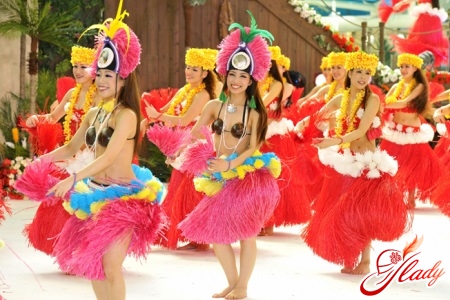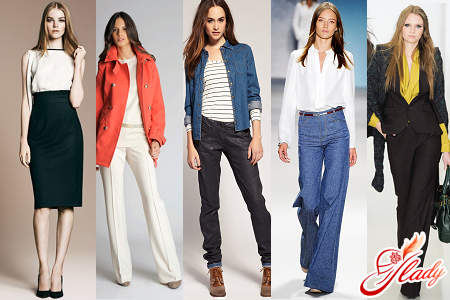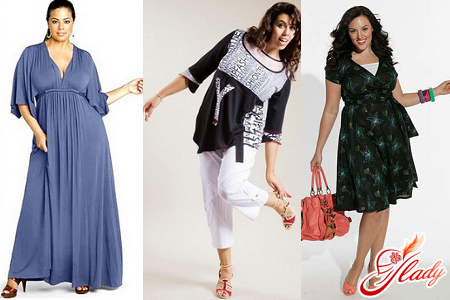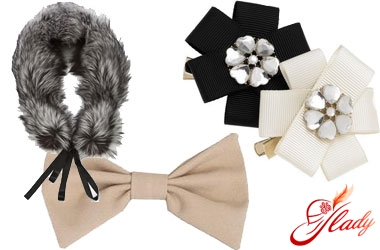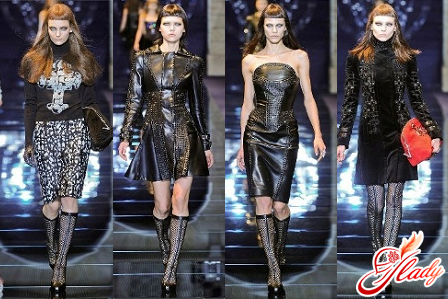 Gothic style in clothing is usedmainly by young men and women belonging to the youth subculture of the Goths. In fact, they simply copy the fashion that reigned in Europe in the 17th-18th centuries and was called "neo-Gothic". The main distinctive feature of this image is the total predominance of black. Modern Gothic fashion has little in common with the clothes that medieval Goths wore in Europe. It can be said that the Crusades are responsible for the appearance of such outfits. Due to the fact that the nobility of that time had the opportunity to travel around the world, get acquainted with other cultures, learn something new, they mastered previously unknown technology, as well as methods of making clothes. Gothic is famous for its ability to find beauty and perfection in the dark and terrible. France is considered the birthplace of this style; it acquired its most extreme forms in Burgundy. Gothic costumes first appeared in the Middle Ages in Europe, precisely at the time when unwanted, unlikeable witches were burned at the stake, the Catholic Church dominated people, and knights were devoted to their lovers. Gothic in clothing, as well as in architecture, is beautiful precisely because of its dark, cold, and incredibly strict beauty.
Gothic style in clothing is usedmainly by young men and women belonging to the youth subculture of the Goths. In fact, they simply copy the fashion that reigned in Europe in the 17th-18th centuries and was called "neo-Gothic". The main distinctive feature of this image is the total predominance of black. Modern Gothic fashion has little in common with the clothes that medieval Goths wore in Europe. It can be said that the Crusades are responsible for the appearance of such outfits. Due to the fact that the nobility of that time had the opportunity to travel around the world, get acquainted with other cultures, learn something new, they mastered previously unknown technology, as well as methods of making clothes. Gothic is famous for its ability to find beauty and perfection in the dark and terrible. France is considered the birthplace of this style; it acquired its most extreme forms in Burgundy. Gothic costumes first appeared in the Middle Ages in Europe, precisely at the time when unwanted, unlikeable witches were burned at the stake, the Catholic Church dominated people, and knights were devoted to their lovers. Gothic in clothing, as well as in architecture, is beautiful precisely because of its dark, cold, and incredibly strict beauty.
Gothic style in the Middle Ages
At the time of the emergence of this trend in clothingобщество делилось на сословия, наряды которых отличались друг от друга. Так, например, горожане не имели права носить костюмы или платья из шелка, под запретом находились и длинные шлейфы, однако на феодалов это правило, естественно, не распространялось. Именно в этот период, как свидетельствуют специалисты, европейцы наконец-то научились шить, ремесло портных стало более совершенным. Первые готические нотки появились в военной одежде — доспехах рыцарей. Трансформация обычной моды началась именно с этого убранства. На смену тяжелым кольчугам пришло более легкое и невесомое обмундирование, выполненное из прочной стали. Вслед за новыми веяниями в военной форме, произошла модернизация и повседневной одежды горожан. Так, романская эпоха отличалась свободным пошивом, который еще называли «рубашкообразным». Пришедший ему на смену стиль готика не только ввел в моду обтягивающие, сложные наряды, но и подарил миру практически все известные на сегодняшний день варианты кроя. Ученые считают, что свои окончательные очертания готический костюм приобрел в XVI веке. Мужские наряды стали короткими, а в женских произошло четкое разделение на лиф и юбку, которую портные с помощью тканевой вставки делали более широкой. Платья для дам шили с глубоким спереди и сзади вырезом, длинными рукавами, слегка заостренными книзу. Одежде того времени были присущи такие элементы: острые воротники-стойки, а также манжеты и сами рукава, ботинки с вытянутыми вперед носами, длина которых могла доходить аж до 50 сантиметров, шляпы с резкими углами. Изначально вещи шили из яркой ткани, зачастую бархата (это уже чуть позже отличительными признаками готического стиля станут темные оттенки). В то время мужчины носили два вида костюма — длинный и свободный, а также короткий и узкий. Второй вариант был больше популярен среди молодого населения. С начала XIV века средневековые дизайнеры вводят в моду пурпуэн — короткую куртку с зауженными или же свисающими до пола рукавами, которая шла в сочетании со штанами-чулками. Представители знатных родов шили также котарди — узкий кафтан. А второй разновидностью этой одежды служил блио — коротая куртка длиной до талии с широкими полами. Плащи в то время представляли собой обычный кусок ткани, согнутой и не сшитой по бокам, с вырезанным отверстием для головы. Это одеяние носило название нарамник, а если в нем существовали прорези для рук или же сами рукава, то его именовали сюрко. Что касается женской одежды, то она состояла из камизы и котта. Последний представлял собой своеобразное платье с узким верхом и широкой юбкой, которая завязывалась с помощью шнуровки сзади и сбоку. Талию делали удлиненной, а на животе драпировали ткань. Неотъемлемым атрибутом женского наряда считался шлейф, притом его длина служила показателем знатности дамы. На голове девушки носили «двурогие» чепцы или корж, который напоминал собой трубу, сшитую из ткани, расширяющуюся книзу и с разрезом в области темени. Таким образом, главными элементами средневекового гардероба в стиле готика были: заостренные носки туфель и шляпы, узкая талия с высокой шнуровкой, очень длинные шлейфы, выполненные в форме зубцов края нарядов. А у мужчин — плотно прилегающие к ногам штаны, которые больше походили на женские чулки. 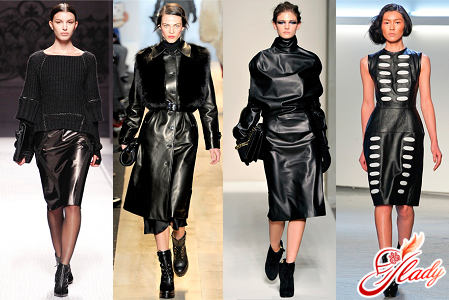
Gothic subculture in the twentieth century
In the 20th century, the emergence of such sentiments is associated withthe decline in the popularity of the punk style in both music and clothing in the late 70s. The revolution that the young men and women of that time were striving for failed, so the rebellious mood of the youth gradually gave way to a decadent one. Now the principle of "live fast, like it's your last time, and die young" no longer suits anyone, except perhaps those who really have nothing to lose. At first, the newly minted goths were practically no different from punks - they wore the same hairstyles, accessories, and preferred black in clothing. However, new bands that appeared on the musical Olympus formed a solid wall separating one youth subculture from another. The main idol of the first "neogoths" was a group called "Joy Division". Gradually, the appearance of the subculture representatives began to acquire increasingly clear outlines. Young people, immersed in mourning for a life full of, in their opinion, suffering and pain, transferred their state to clothing, choosing outfits exclusively in dark shades. Cemeteries became places for their walks and pastimes. Another aspect that, according to fashion historians, had a direct influence on the formation of the Gothic style is sadomasochism. It is thanks to it that the followers of this subculture began to wear leather outfits with spikes, metal fittings, collars and the like. Many goths in their intimate lives practiced rough sex, beating, thus expressing their mental anguish through physical suffering. There are many subtypes of this subculture:
- antique goths;
- corporate;
- vampires;
- Renaissance;
- Victorian and others.
However, they all share a distinctly gloomy aristocratic style, a love of art, and depressive moods.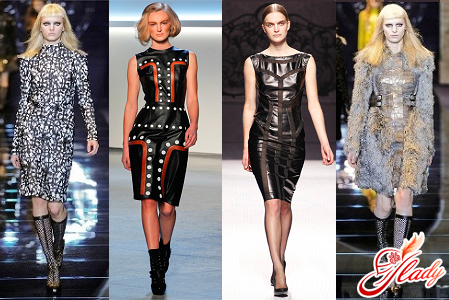
Create an image
You have to understand that dressing like a goth and beingin the soul are two completely different things. After all, this subculture does not only consist of certain outfits - it is a whole way of life that its representatives lead. However, if there is some kind of costume party coming up or, for example, Halloween, then why not change your image for a while? To choose the right costume, follow the recommendations below:
- Your outfit should be executed in black,if this shade does not suit you, give preference to dark crimson or purple. With regard to materials, then a good choice is velvet or leather, lace or silk, also pay attention to lurex, vinyl, brocade, organza or taffeta.
- The goth girl must be in the corset,which is put on top of a dress or shirt. He will not only visually narrow your figure, but also give it a very seductive shape. Also suitable leather pants, skirt-maxi or midi. Outer clothing is ready - it's exceptionally long raincoats.
- Men who belong to this subculture, oftenlook pretty feminine, so their outfit can exactly match the clothes ladies. Naturally, it is not necessary to wear a dress or a corset, but wearing a skirt is not forbidden. Also appropriate are pants made of leather, a black shirt, a raincoat in the floor or a long hoodie.
- Both young men and girls-Goths wear massive high dark shoes, similar to the "Grinders". Pick up army boots or boots on a heavy platform, ladies can get by with shoes on a wide heel.
- Gothic style involves the use ofonly silver accessories or made of an alloy of base metal. The fact is that the white shade symbolizes the cold light of the moon and perfectly emphasizes the mourning of the apparel ready, as well as the pallor of their faces. Choose such ornaments: crosses, pendants with skulls or dragons, with spiders or cats, massive rings and silvery large chains, leather bracelets. On the neck you can wear a collar with metal spikes, and on the face it will be appropriate to piercing. Girls will also be approached with small elegant hats with a dark veil and delicate gloves.
- Many Goths prefer black backpacks of huge sizes. They can be decorated with spikes, all sorts of stripes, stained with colored paint or slightly torn.
- One of the main components of the Gothic image- make-up. The most important thing to do is to emphasize the whiteness of your skin. To do this, use a light foundation and powder, but from blush should be discarded. Bring your eyes abundantly with a black liner or a special pencil, and for greater effect you can put dark shadows on your eyelids. Paint your lips with a matte lipstick of some mourning shade, for example, blue, purple or burgundy. Makeup is appropriate in both male and female images.
- Not one goth will go out with nails painted. Choose a dark varnish color, the ideal variant is black. The more careless the coating, the more colorful you will look.
Once you've picked out your clothes and put on your makeup,Pay attention to your hairstyle. Goths welcome long hair, preferably dark tones. However, if you have naturally light hair, you can simply dye it ash-colored using regular tint shampoo. As you can see, changing your appearance is not that difficult. The main thing is to choose the right outfit and do makeup. Another thing is to undergo changes in your soul. But we think you don’t need that. We hope these tips will help you understand the features of the Gothic style and create the image you are striving for. We recommend reading:




